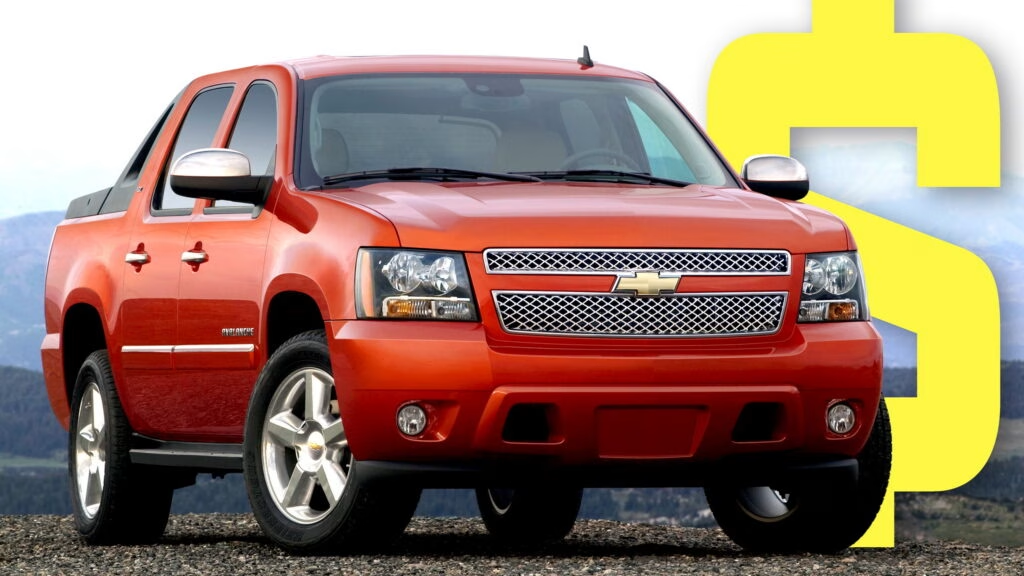Who Actually Gets Paid in the GM LC9 V8 Engine Lawsuit?
If you’ve owned a GM truck or SUV with the 5.3-liter LC9 V8 engine, you’ve probably heard the buzz about the recent $150 million class action settlement. But here’s the kicker: not everyone with a problematic engine is cashing in. The settlement only covers current owners or lessees who bought or leased their vehicles in California, North Carolina, or Idaho. And even then, there are strings attached. For example, California claimants must have purchased their vehicle new, while North Carolina residents need to have bought or leased through a GM-authorized dealership. Idaho? As long as you bought or leased there, you’re in.
The vehicles in question include 2011-2014 Chevrolet Avalanche, Silverado, Suburban, Tahoe, GMC Sierra, Yukon, and Yukon XL models. If you already had upgraded piston rings installed under warranty, you’re out of luck—no payout for you.
What Was Wrong With the LC9 V8 Engine?
Let’s get into the nuts and bolts. The lawsuit centered on defective piston rings and assemblies in GM’s 5.3-liter LC9 V8, also known as the Vortec. Plaintiffs argued these flaws led to excessive oil consumption, which then caused a domino effect: fouled spark plugs, rough idling, sluggish acceleration, and sometimes even catastrophic engine failure. It’s the kind of issue that can turn a reliable workhorse into a driveway ornament overnight.
While GM denied any wrongdoing, the company ultimately agreed to settle. This isn’t just a one-off complaint, either. Excessive oil consumption has been a recurring headache for owners of certain GM engines, and it’s not unique to this case. According to a 2023 Consumer Reports analysis, oil consumption complaints in vehicles have risen by 20% over the past decade, with GM V8s frequently making the list.
How Much Are Owners Actually Receiving?
Here’s where things get a little spicy. Eligible owners can expect a payout of at least $2,149 each. The three main plaintiffs—Garrett Tarvin, Gabriel Del Valle, and William Davis Jr.—will each receive $30,000 for their trouble. But the real windfall? That’s going to the lawyers, who are set to walk away with a jaw-dropping $57 million slice of the settlement. No wonder class action firms are so eager to take on these cases.
For context, the average payout in automotive class actions often lands between $500 and $3,000 per claimant, depending on the severity and scope of the defect. So, while $2,149 isn’t pocket change, it’s a far cry from the $57 million heading to the legal team.
Why Are the Lawyers Getting So Much?
It’s a fair question. Class action lawsuits are notoriously complex, often dragging on for years and requiring armies of attorneys to sift through technical data, expert testimony, and mountains of paperwork. The legal fees are typically calculated as a percentage of the total settlement—often 25% to 40%. In this case, the lawyers’ share is around 38%, which, while eye-popping, isn’t out of line with industry norms.
Still, it’s hard not to feel a little miffed if you’re an owner dealing with engine headaches. The system is designed to incentivize legal teams to take on big corporations, but the optics aren’t great when the people most affected get a fraction of the payout.
Are There Other Lawsuits Like This?
Absolutely. In fact, a similar class action was preliminarily approved in Oklahoma just last month, also targeting the LC9 engine. There, the lead plaintiff will receive $15,000, the lawyers get $9.5 million, and each affected owner is expected to receive about $700. It’s a pattern seen across the country: legal teams rake in millions, while individual owners get a modest check—enough to cover some repairs, but rarely enough to make them whole.
What Should You Do If You Think You Qualify?
If you own or lease one of the affected GM vehicles and meet the state-specific criteria, don’t wait. Class action settlements often have strict deadlines for filing claims. Check the official settlement website or contact the claims administrator to see if you’re eligible. Even if you’ve already paid for repairs out of pocket, you may be able to recoup some of those costs.
For those outside California, North Carolina, Idaho, or Oklahoma, keep an eye on the news. These cases have a way of popping up in new states as more owners come forward and more legal teams get involved.
What Does This Mean for GM Owners Going Forward?
This lawsuit is a reminder that even industry giants like GM aren’t immune to accountability. But it also highlights the limitations of class action settlements for everyday owners. While you might get a check in the mail, it’s rarely enough to erase the frustration of repeated repairs or the anxiety of a looming engine failure.
If you’re shopping for a used GM truck or SUV, it’s worth asking about the engine’s history and whether any warranty repairs have been performed. A little homework now can save you a lot of headaches down the road.
The big takeaway? Navigating automotive class actions isn’t about perfection—it’s about smarter adjustments. Start with one change this week, and you’ll likely spot the difference by month’s end.

